The Mushrooming Community and Plants' Best Friends
Mushrooms have often been called “plants’ best friends,” and in recent years our wonderfully growing knowledge of our native ecosystems emphasizes that important concept even more. Throughout our state and beyond to many countries, a community of mushroom enthusiasts, citizens and scientists alike, are spreading the word!
Fungi are the great recyclers of the planet, breaking down woody material, needles, leaves and twigs, garden wastes, grasses and logs in our fields and forests. Besides cleaning up the fire-hazards and debris in our forest, the bi-products of this all-powerful action enrich our soils and in so doing unlock nutrients for new developing plants. Most of our native trees and shrubs share their metabolic processes with their “best friends,” mycorrhizal fungi, who live intimately in plant roots sharing nutrients with the plants.
Speaking of sharing, it’s been many decades since I began my passion for collecting and understanding the importance of our beautiful native mushrooms and other fungi. Especially those I found in the hills west of Boulder. Unable to satisfy my curiosity alone, I was very fortunate to make a prophetic phone call to the Gardens one Wednesday afternoon seeking information on our native mushrooms. I was happily referred to Dr. Sam Mitchel who, as a busy medical doctor at the local hospitals, volunteered at the Gardens only on Wednesday as he worked on his collection of local dried fungi housed in the newly built Boettcher Memorial Center. Sam, too, had gotten “hooked,” as he described his fascination with wild mushroom collecting, studying and preservation.
Sam and I hit it off wonderfully. During those following months as I learned more and more, I knew I had found a community of mushroom lovers and curiosity seekers. They didn’t just want to eat mushrooms but wanted to know and share all they were learning about these beautiful natives. From this small beginning with perhaps a few dozen collections, Sam and a few of us eager volunteers began a decades-long study of Colorado’s native fungi at Denver Botanic Gardens.
The community of mushroom lovers in the Denver area was not limited to the herbarium. Sam encouraged other locals also “hooked” on fungi to join and form a small intimate community of mushroom lovers, which developed into the Colorado Mycological Society (CMS). One of the families involved in those early years were members of Dr. Manny Salzman’s extended family. Fellow medics, Sam and Manny worked together to study poisonous mushrooms, developing a Poisindex technique to help medical doctors around the United States to identify toxic fungi. Manny founded the CMS Annual Mushroom Fair during those early years, which helped spread the mushroom community farther and farther out into the Denver metropolitan area and beyond.
In the 1960s, a few dozen enthusiastic mushroomers came together in this area. With the inspiration of Sam Mitchel and his volunteers, his herbarium and the mycological society, that number has ‘mushroomed’ into hundreds of citizen scientists and enthusiastic naturalists ready to go on collecting trips, volunteer, share their unusual collections, explore our many glorious habitats and participate in forays and bioblitzes in the region. Our well-documented herbarium collections are now approaching 20,000 specimens and the Sam Mitchel Herbarium of Fungi is gaining a reputation nation-wide. The collections are online via a world-wide database so that the sharing goes on! Wouldn’t Sam be amazed?
Gallery
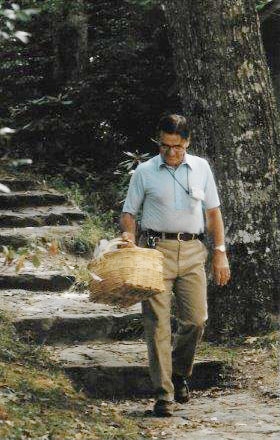
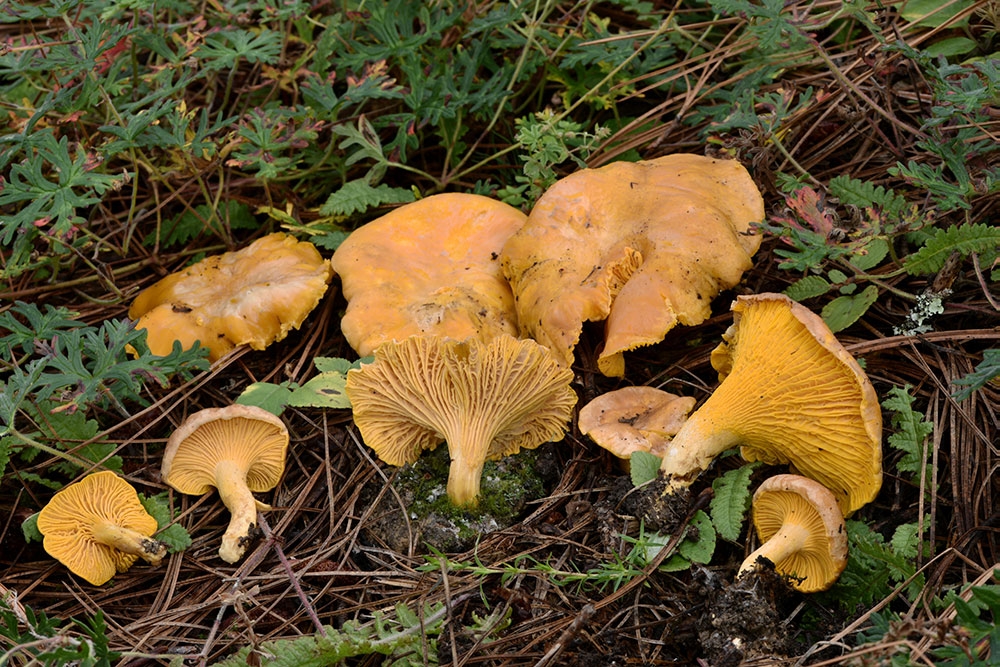
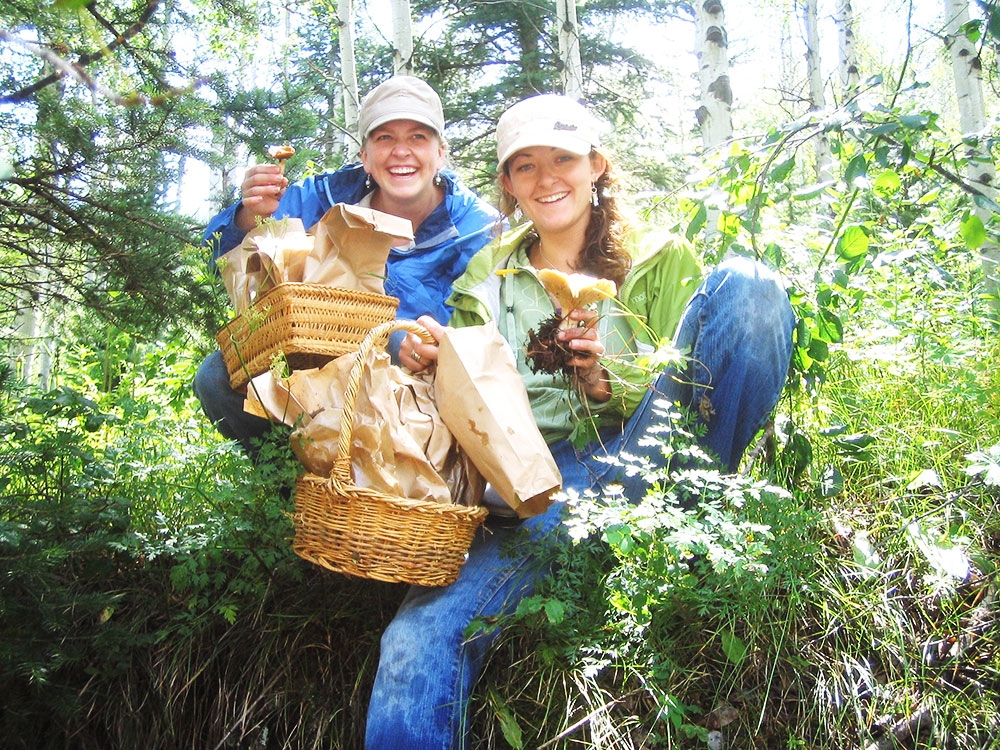
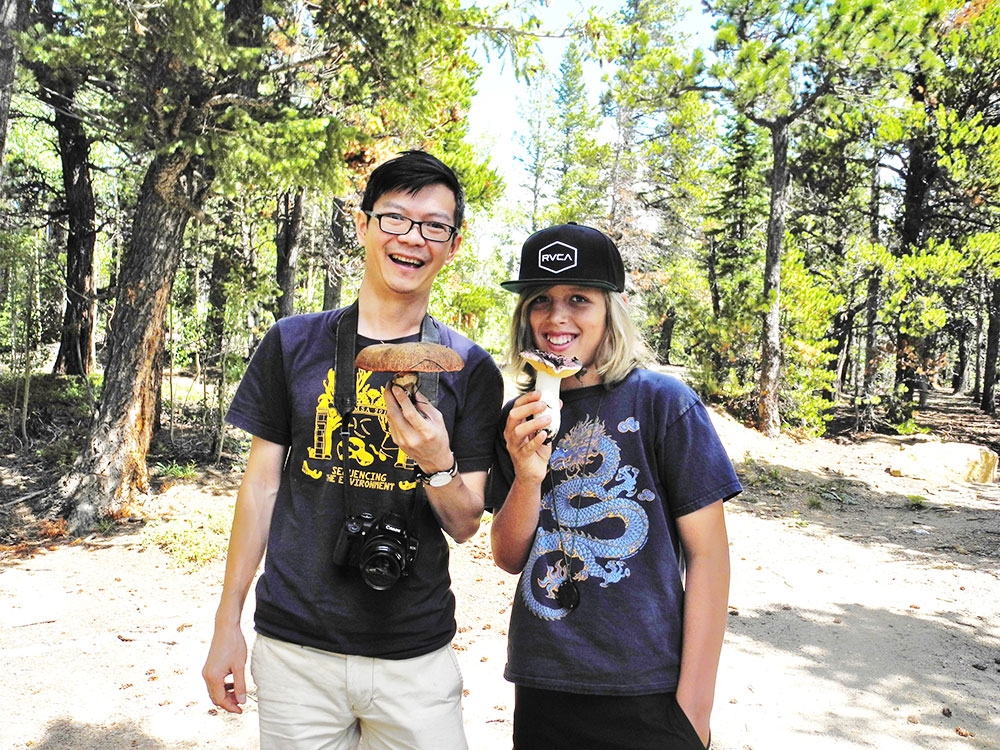
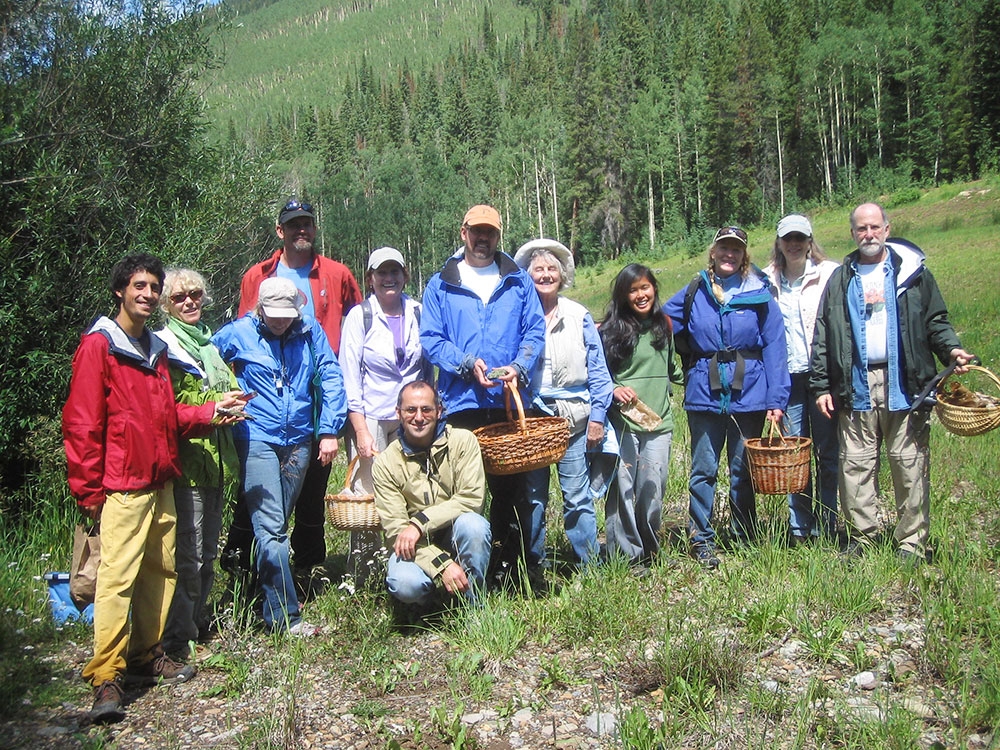
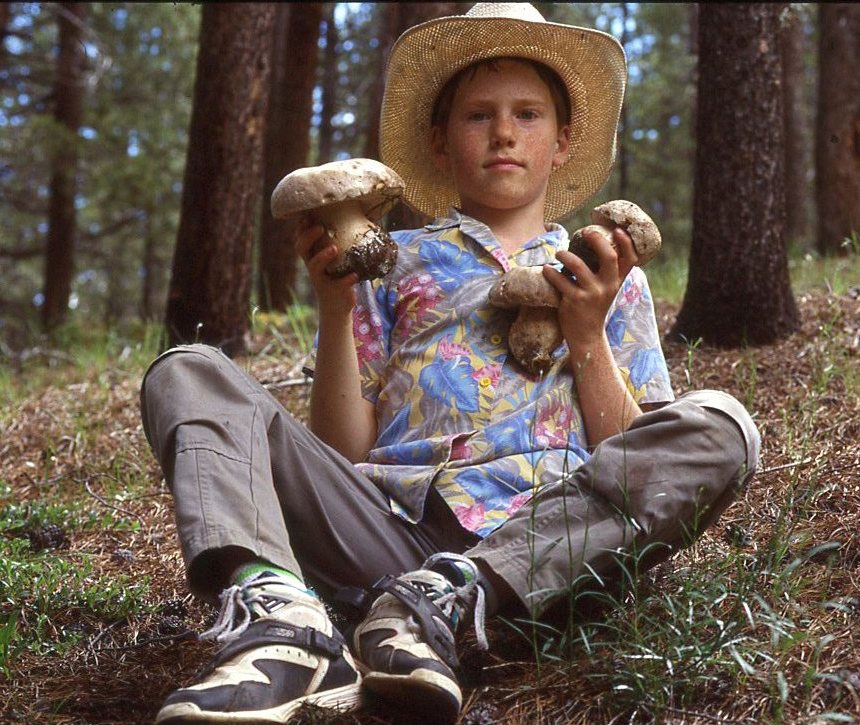
Add new comment